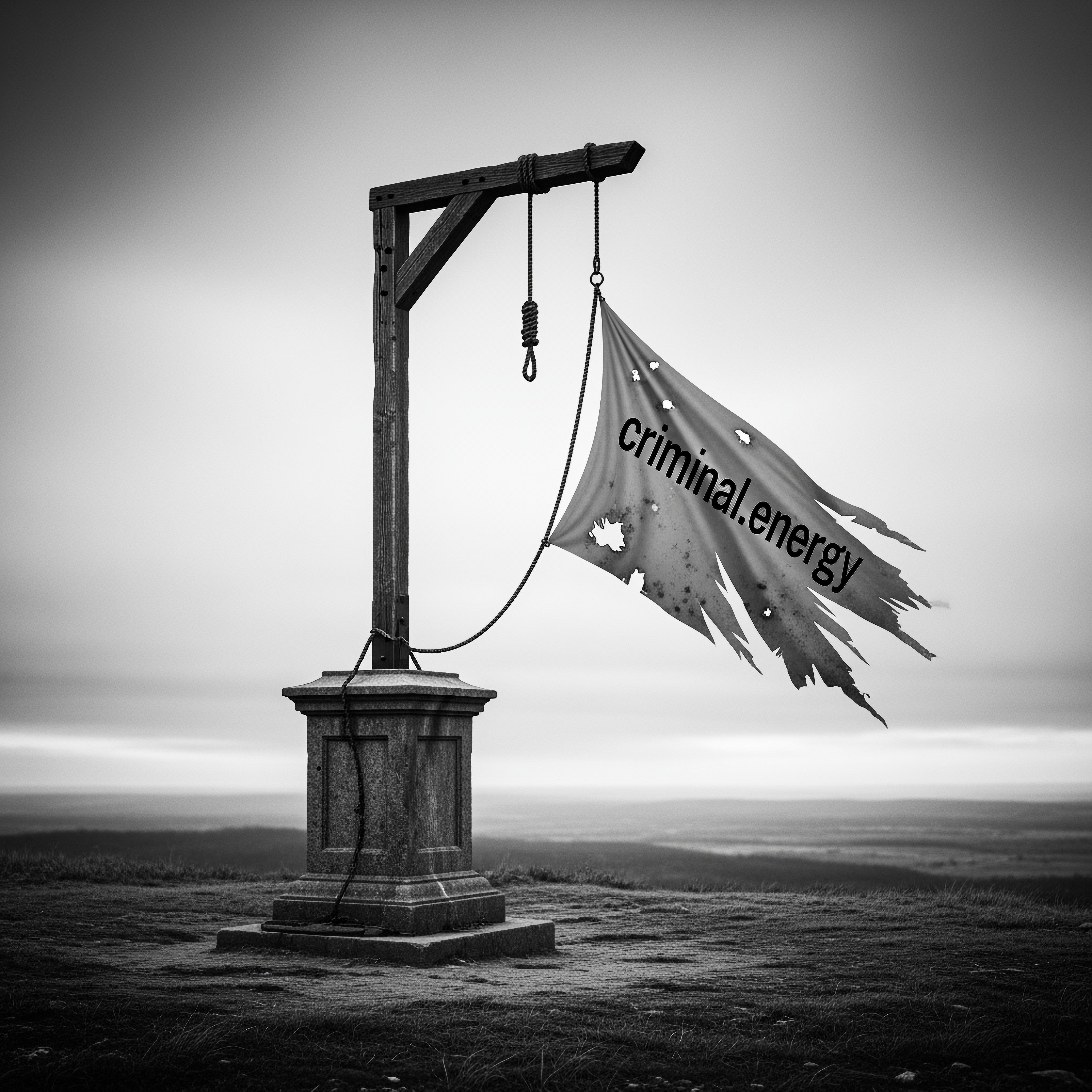Charlotte Sophie Henriette Meyer, a little-known resident of Berlin, was to go down in the annals of Berlin’s city history through a single act of unbridled passion and despair. She was born sometime in the early years of the 19th century, her exact date of birth has been lost to time. But on March 2, 1837, her life was brutally and publicly ended – she was one of the last people to be publicly executed in Berlin. Charlotte Meyer was married, but her love for her husband had long since faded. Her heart belonged to another, her lover, a man whose name has been lost in the shadows of history. In 1836, Charlotte and her lover decided that they had to get her husband out of the way so that they could live together freely. One night, with cold determination, Charlotte crept up to her sleeping husband’s bed and slit his throat – a cruel end to a hopeless life. The investigation was swift and relentless. Charlotte Meyer could not escape her guilt. The evidence against her was overwhelming, and soon she stood trial, where she was sentenced to death. Public opinion fluctuated between horror and morbid fascination. A woman who had committed such a brutal murder out of passion aroused both revulsion and voyeuristic interest in many Berlin citizens. On March 2, 1837, crowds gathered on the so-called Galgenberg, today’s Gartenplatz in Wedding. The air was filled with crackling tension and the roar of chatter. Charlotte Meyer was dragged to the place of execution, her resistance broken by wrapping her in cowhide. The executioner Hansen stood ready. It was a cruel spectacle that unfolded before the eyes of the public. Using a heavy cartwheel, the executioner began to crush each of her limbs, starting with her feet. The crowd cheered, and the air was filled with screams and the sound of cracking bones. “Transported from life to death by the wheel from below” – this is how it was described in later reports. It was Berlin’s last public execution, a heinous act that left a dark stain on the city’s history. In the same year, Charlotte Meyer’s crime and execution were documented in writing and published by L.W. Krause. The pamphlet was titled “The Crime and Execution of Charlotte Sophie Henriette Meyer, Depicted in Verse.” This grim tale spread and preserved the memory of Charlotte Meyer for future generations. But her story did not end with her death. According to urban legend, since that fateful night around the last Friday of the month, the murderer Meyer has been haunting the Sebastian Church. A ghost who can never shake off the restlessness and suffering of her undead state. The legend of Charlotte Meyer lived on in the hearts of Berliners. People spoke of the cold nights when her ghostly form would sneak around St. Sebastian’s Church, as if searching for redemption or her lost love. Many claimed to have seen her—a fleeting shadow, a soft cry—and told stories about her haunting. A few brave souls dared to visit the church on those Friday evenings, but most returned with nothing but fear and dread in their hearts. The legend grew and flourished, a constant reminder of the crime and brutal punishment that once shook the city. The execution of Charlotte Meyer marked the gradual end of public executions in Berlin. It put an end to an era of violence and public spectacles. The story of this execution highlights how much society and its approach to punishment and justice have changed over time. Today, Gartenplatz in Wedding is a peaceful park where families and friends meet to enjoy nature. But beneath the tranquil surface lies the memory of a time when this place witnessed a cruel execution. The Galgenberg has disappeared, but the story and ghost of Charlotte Meyer remain. Charlotte’s story is a mixture of tragic love, brutal violence, and urban legend. It shows the depths of human passions and the consequences that can arise from them. Even though the days of public executions are over, her story remains an unforgettable reminder of how society and its methods of punishment have evolved over time. The legend of Charlotte Sophie Henriette Meyer will likely live on for many generations to come—a dark fairy tale that blurs the lines between history and myth and colors the cold nights of Berlin with a subtle hint of the supernatural.
By Isabella Mueller
Welcome to my journey through creativity and discovery! My name is Isabella Mueller, and I invite you to explore the fascinating creative universes I create through my blogs. Since 2020, I have been dedicating my passion to telling captivating stories that are mysterious, historical, and emotional. My goal is not only to entertain, but also to inspire reflection and awaken the spirit of discovery in each of us. At isabellas.blog, the suspense of crime stories is combined with exciting travel tips. Imagine wandering through the picturesque streets of a new city, uncovering dark secrets hidden in the shadows of its history. Every piece on my blog is designed to make the heart of every crime fiction fan beat faster while sparking curiosity about unknown places. Here, you are invited to experience the thrill of the unknown and the beauty of our world—a perfect combination for all adventure seekers! My second blog, akteq.com, is all about true, unsolved crime stories. Under the motto “akteQ: Cold Case Stories,” I reveal the eerie and often tragic stories behind unsolved cases. Together, we can explore the mysteries of the past and delve deep into the human psyche. What really happened? Who were the people behind these mysterious events? In this blog, I invite you to ask questions and find the answers that often remain hidden in the dark. You can find another exciting chapter in my blogging career at thecastles.org. Here, I embark on an enchanting journey through the history of castles and palaces. Pause for a moment as you discover the stories hidden within the walls of these ancient structures. “Explore the enchantment, discover the history – your journey begins at thecastles.org!” These words are more than just a slogan; they are an invitation to anyone who wants to combine history and magic. Be inspired by the impressive stories and the fascination of bygone eras! But that's not all! At kripo.org, you'll find a comprehensive online magazine for real criminal cases. Immerse yourself in the world of crime, learn about the real stories behind the headlines and the people who are involved in solving them. With criminal.energy, I take you on a journey through the gripping stories of true crimes in which villains are hunted, caught, and convicted. The search for justice and the confrontation with the unknown are at the center of it all. TrueCrime Blog 187.news takes you into the depths of crime. And for those who want to travel the world, wanderlust.plus offers the opportunity to explore the world, one adventure at a time. It's all about the love of exploration and the joy of discovering new cultures and landscapes. Finally, truecrime.ch invites you to discover the dark side of Switzerland and Europe: true crimes, true stories. Let's discover together the stories that shape the world around us. I look forward to accompanying you on this exciting journey and hope you will share many unforgettable moments with me!

